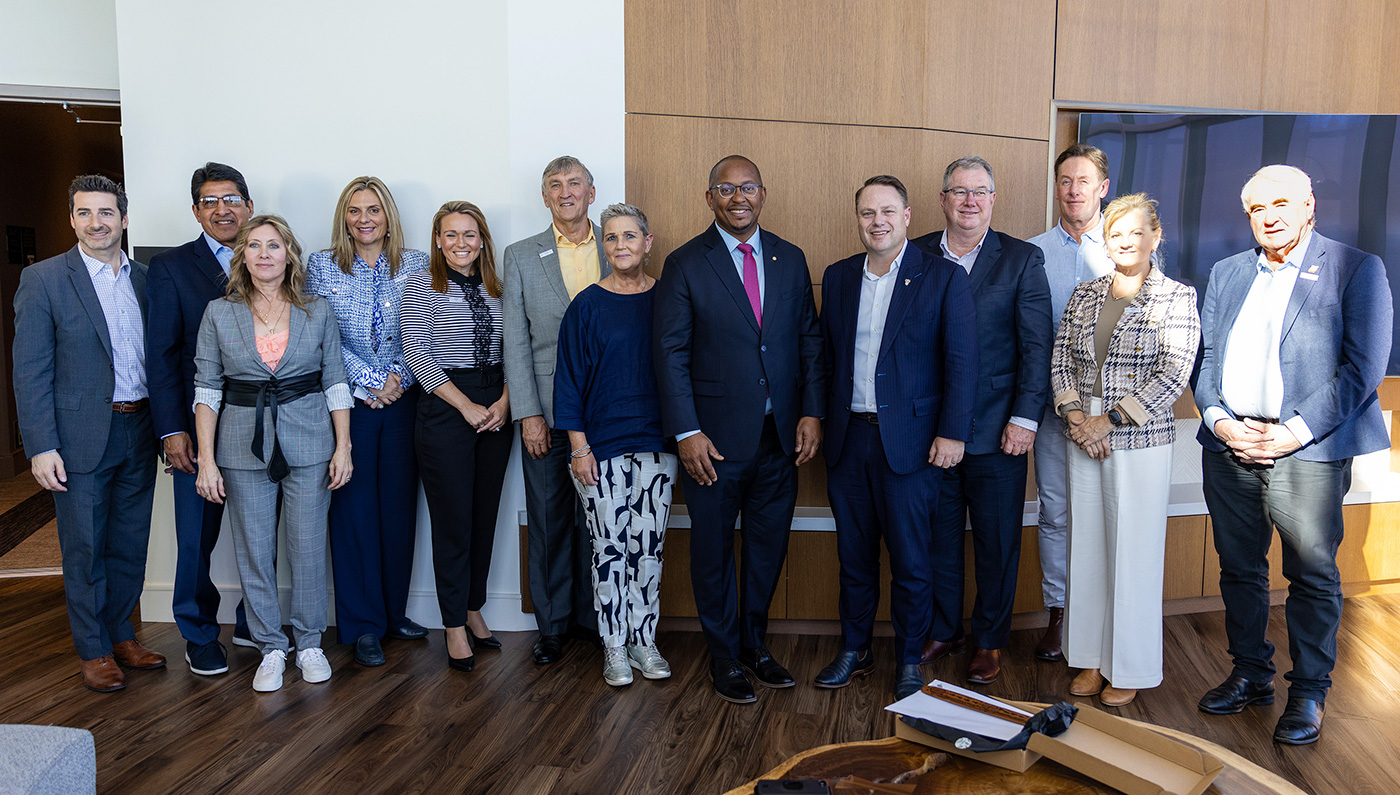We are only a few years away from being able to climb into an FAA-certified self-flying eVTOL. Of equal importance to our technical development and certification process, is our engagement with local governments and communities, particularly in the regions that stand to receive the most immediate benefit from AAM. The development of an AAM ecosystem requires elements with a significant lead time: mainly community engagement, policy-making, transportation planning, and infrastructure and workforce development.
Cities and regions are looking toward the future and the betterment of their citizens’ lives by setting goals that pertain to economic development, mobility, sustainability, safety, and livability. The AAM industry will be most successful if it advances these goals as much as possible, and is designed in service of the communities in which it operates. Engaging now allows for the AAM industry to be part of ongoing transportation planning cycles and to align their technological readiness timeline with feasible implementation roll-outs within communities. This will only be achieved by a close collaboration over the next few years between the AAM industry and local governments and communities.

What a City/Region Should Consider When Thinking About AAM
Self-flying air taxis are here now, despite how far-fetched they sound. Here are some areas that cities and communities should actively evaluate if interested in autonomous AAM:
- Assess how AAM can improve mobility, increase resilience, and reduce the impact on the environment, and then adapt transportation planning accordingly
- Develop or strengthen policy pathways for all AAM operations (e.g. infrastructure permitting, community noise levels, land use zoning) that can accommodate the needs and timeline of a new technology
- Ensure the communication infrastructure can support self-flying aircraft; self-flying is the future of the industry for passenger-carrying and cargo vehicles
- Support public engagement around autonomous AAM, in order to message the benefits for all members of the community in terms of increased sustainable mobility, reduced traffic congestion, improved economic activity, emergency response capabilities, and workforce and education opportunities
- Include AAM in transportation electrification plans and utility grid improvements and other related environmental goals
- Apply for federal and/or state grants in order to support the planning and analysis efforts for this initial phase. For example, with support from the Wisk/LBEP AAM working group in Long Beach, the Long Beach Airport recently applied to the DOT SMART grant program in order to evaluate and plan for flying taxis in Long Beach
What Makes a City a Good Partner for Wisk
Some localities lend themselves better than others to the air taxi use case. They might experience significant traffic congestion, be transportation deserts, or be a metro area with polycentric growth, for which the timely construction of AAM infrastructure is well-suited. But more importantly, we want to work with cities and regions that see AAM as a tool in their transportation toolbox and are willing to spend time with industry experts to learn about the technology and its possibilities. Collaboration with and the sharing of examples of existing planning efforts, in particular transit-oriented development, is a key part of a successful partnership.
When engaging with a city, and committing to devoting resources to that jurisdiction, having access to key personnel in the following departments is essential: Development Services, Transportation, Economic Development, Public Works, Airports, and Public Safety. Nominating an internal champion within the jurisdiction to champion AAM within and among the departments is important, and a valuable time-saver in terms of AAM implementation.
Another crucial element is regional alignment or coherence. The key value add of AAM is the ability to very quickly move across a region. Most eVTOL coming to the market will have a range exceeding 50 miles, which means that they are likely to take-off and land in different local jurisdictions. Therefore, other key stakeholders that will have to be at the table when evaluating and planning for AAM are Metropolitan Planning Organizations (MPOs), energy utilities, neighboring communities, county development authorities, and State Departments of Transportation (DOTs).
We encourage any city or region interested in implementing AAM to contact Wisk.